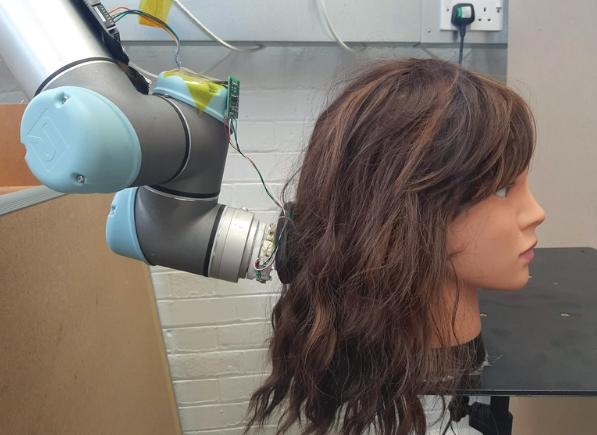
Personal grooming may not at first glance seem to be a subject for the attention of MIT’s Computer Science and Artificial Intelligence Laboratory (CSAIL) and the Soft Maths Lab at Harvard University, however the partners realised that carers like nurses can spend up to 40% of their time on such tasks.
To allow them to concentrate on other jobs, this new robotic arm has a sensorised soft brush and a camera to plan gentle brushing based on an assessment how curly the locks are. CSAIL postdoc Josie Hughes and her colleagues decided to represent the entangled hair as sets of entwined double helices, almost like DNA strands. This granularity provided insights into mathematical models and control systems for manipulating bundles of soft fibres, with the potential of other applications. She explained, “By developing a model of tangled fibres, we understand from a model-based perspective how hairs must be untangled: starting from the bottom and slowly working the way up to prevent 'jamming' of the fibres. This is something everyone who has brushed hair has learned from experience, but is now something we can demonstrate through a model, and use to inform a robot.”
So far the robot has only been let loose on a wig, but the plan is to move onto human hair soon. Hughes added, “To allow robots to extend their task-solving abilities to more complex tasks such as hair brushing, we need not only novel safe hardware, but also an understanding of the complex behaviour of the soft hair and tangled fibres. In addition to hair brushing, the insights provided by our approach could be applied to brushing of fibres for textiles, or animal fibres.”
The next stage is to refine the relationship between tangles and speed, with slower strokes for curlier hair.
